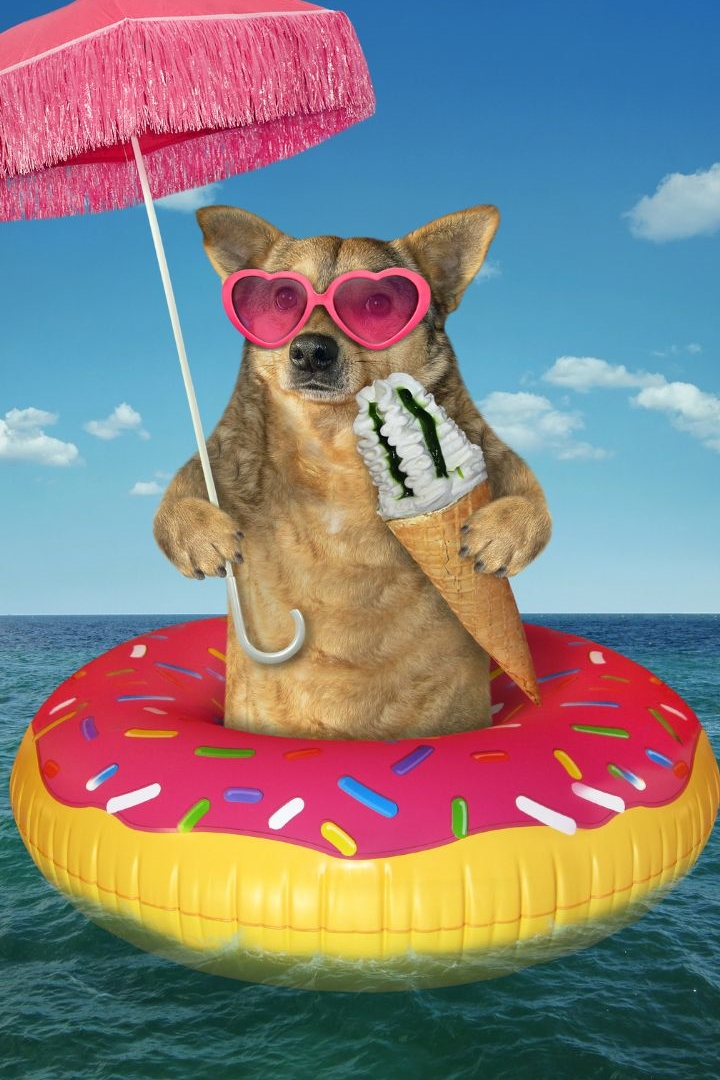
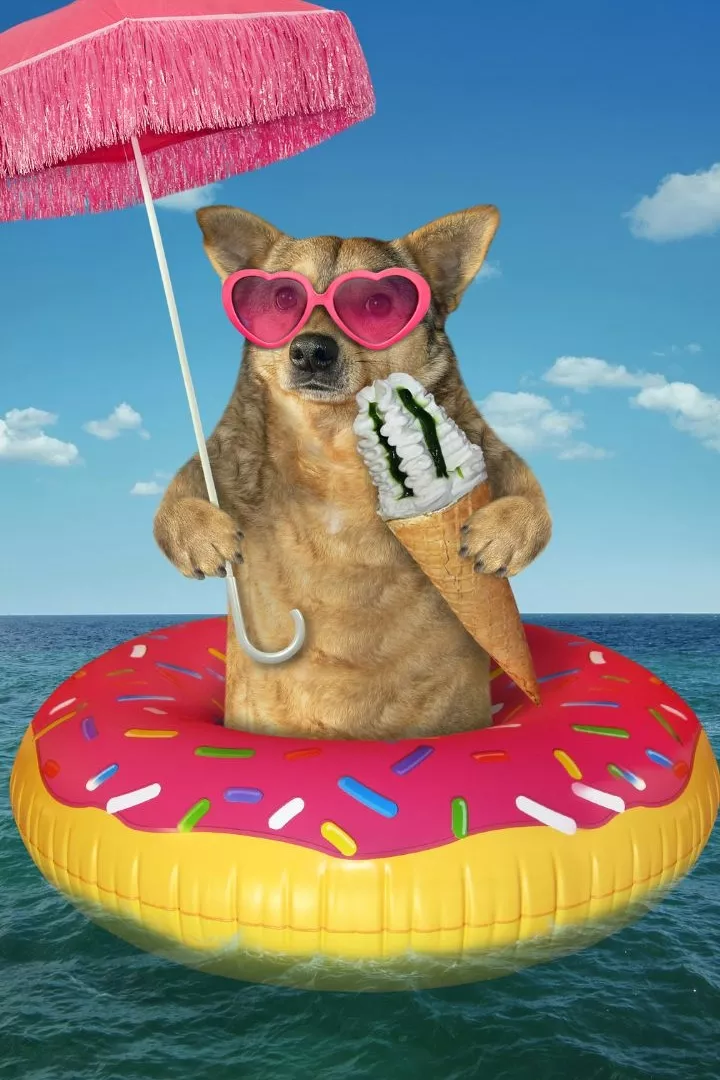
Summer safety tips for dogs
Summer is a hard time for dogs. Here are some summer safety tips so your dog stays happy and healthy this summer.


1. Hydration is Key
Keep your dog hydrated with constant access to fresh water.
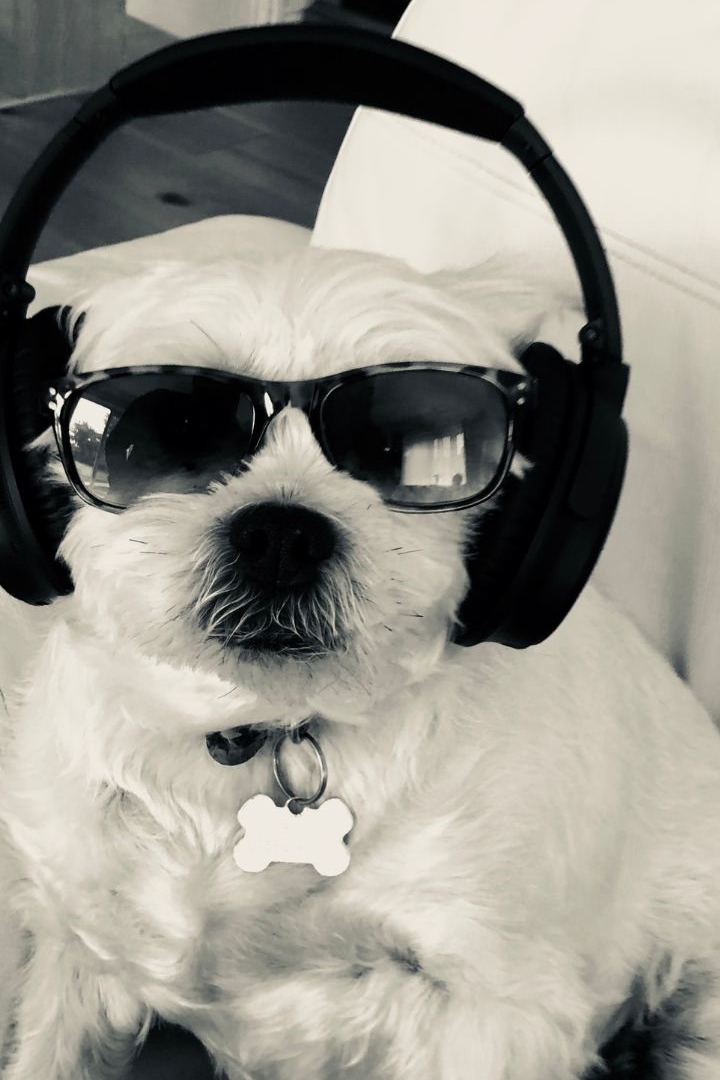
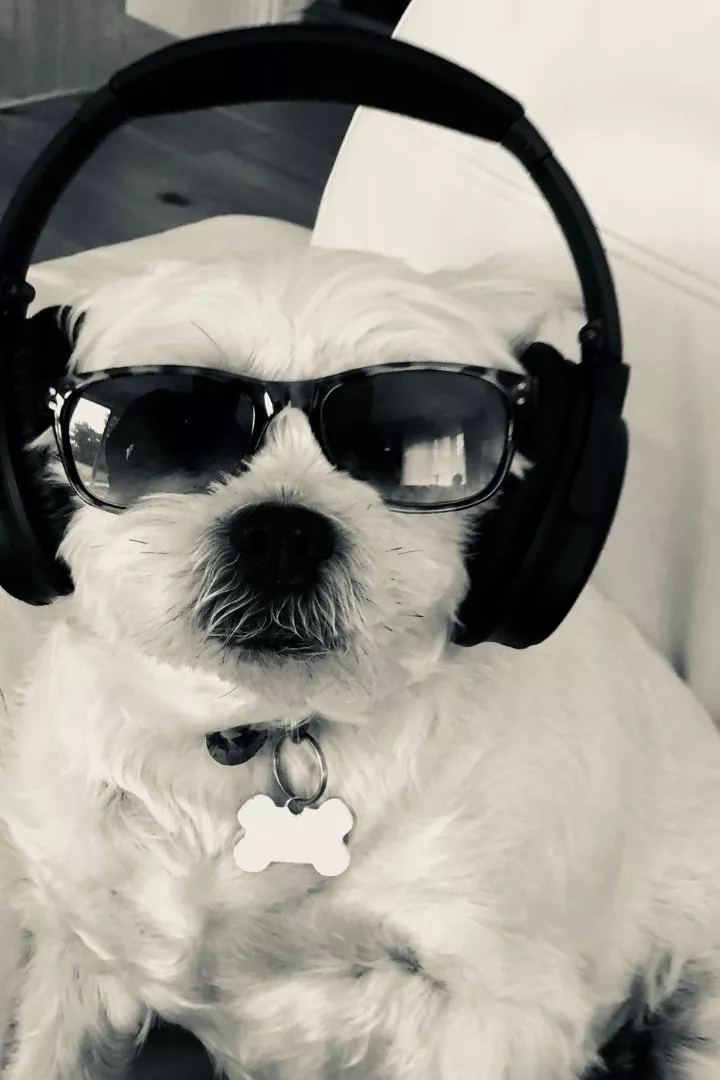
2. Avoid Hot Surfaces
Protect your dog's paws from hot pavements.
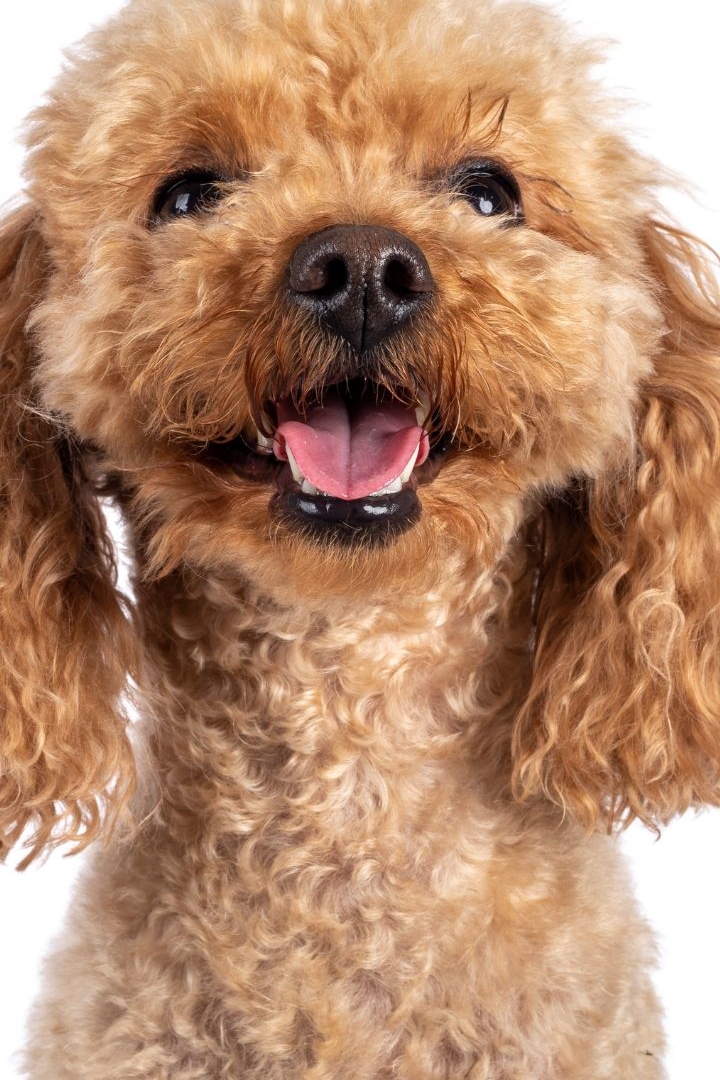

3. Provide Shade
Ensure your dog has access to shaded areas.
4. Never Leave Your Dog in a Parked Car
Avoid leaving your dog alone in a car.
5. Use Sunscreen for Dogs
Apply dog-safe sunscreen to exposed skin.
6. Avoid Strenuous Exercise
Limit intense exercise during peak heat.
7. Keep Parasites at Bay
Protect your dog from fleas, ticks, and mosquitoes.
8. Cool Down Your Dog
Help your dog stay cool with water and shade.
9. Be Aware of Heatstroke Signs
Recognize and respond to heatstroke symptoms.
10. Travel Safely
Ensure your dog is comfortable and safe while traveling.
Other stories
Check out the other stories from The Happy Puppers
The Blog
Check out The Happy Puppers blog
Always ensure your dog has access to fresh, clean water, especially during the hot summer months. Carry a portable water bowl and bottle when going out. Dehydration can quickly set in during hot weather, so frequent water breaks are essential.
Pavements and sand can become extremely hot and cause burns to your dog's paw pads. Test surfaces with your hand; if it's too hot for you, it's too hot for your dog. Walk your dog during cooler parts of the day, or use protective booties to shield their paws.
Whether you're at home or outdoors, make sure there's a shaded spot where your dog can escape the sun. Use trees, umbrellas, or portable canopies. Indoors, create cool areas by closing blinds or curtains and using fan.
The temperature inside a parked car can rise rapidly, even with the windows cracked, leading to heatstroke or death. If you must run errands, leave your dog at home or have someone stay with them in the car with the AC running.
Dogs can get sunburned, especially those with short hair, light-colored coats, or exposed skin areas like the nose and ears. Use a pet-safe sunscreen and apply it to vulnerable areas. Reapply as needed, especially after swimming or sweating.
Reduce the intensity and duration of exercise on hot days. Opt for gentle walks in the early morning or late evening when temperatures are cooler. Avoid running or playing fetch during the hottest parts of the day.
Summer is peak season for parasites. Use vet-recommended flea, tick, and heartworm preventatives. Check your dog regularly for ticks, especially after being outdoors, and remove them promptly if found.
Provide a kiddie pool for your dog to splash in, or use cooling mats and vests. Indoors, use fans and air conditioning to create a cool environment. Offer ice cubes or frozen treats to help lower your dog's body temperature.
Watch for signs of heatstroke, including excessive panting, drooling, lethargy, vomiting, and uncoordinated movements. If you suspect heatstroke, move your dog to a cool place, offer water, and wet their fur with cool (not cold) water. Seek veterinary help immediately.
When traveling by car, keep the AC on and take frequent breaks for water and bathroom needs. Never leave your dog unattended in the car. If flying, check airline policies for pet safety and choose direct flights to minimize stress and exposure to heat.